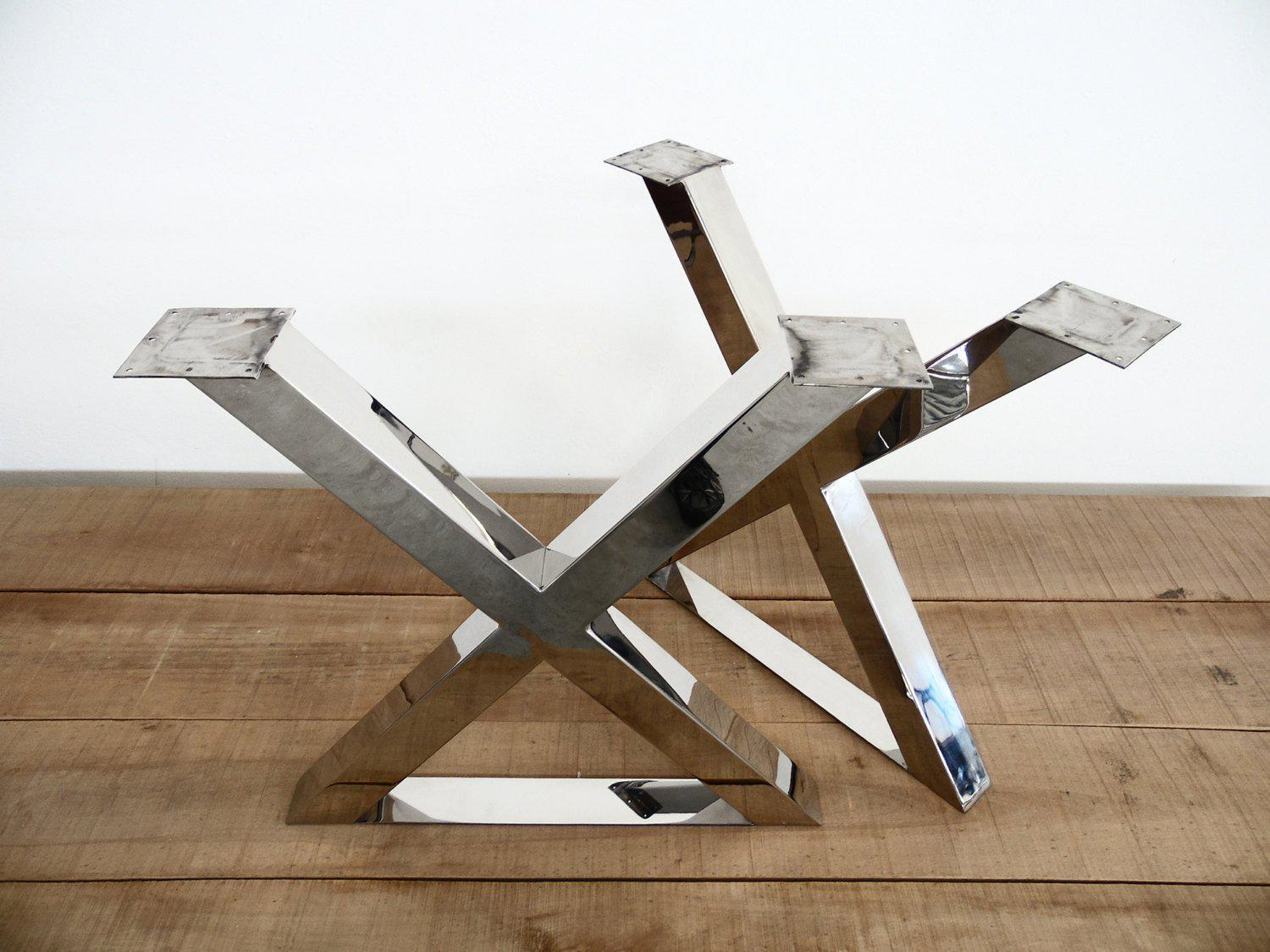The Ultimate Overview to Picking Long Lasting Dining Room Table Legs
The Ultimate Overview to Picking Long Lasting Dining Room Table Legs
Blog Article
An In-depth Appearance at Table Leg Styles: Locating the Suitable Suit
Selecting the right table leg style is vital for both visual appeal and sensible capability. Traditional four legs supply classic elegance and stability, while the stand base gives increased legroom and a modern look. For those with bigger tables, trestle legs make certain durable assistance, whereas hairpin legs present a mid-century modern vibe with their minimal layout. The x-shaped legs blend contemporary style with enhanced security. Each of these choices brings one-of-a-kind advantages, making the selection greater than simply an issue of preference. Discover further to find which style perfectly enhances your dining space and lifestyle.
Typical Four Legs
Among the different kinds of table leg designs, the typical four-leg layout remains an ageless choice for many households. This traditional arrangement provides an unified blend of performance and visual appeals, making it a perennial favorite. Four legs provide well balanced assistance, ensuring the table continues to be steady and efficient in birthing substantial weight. This is particularly beneficial for families that frequently host huge gatherings or utilize their table for numerous purposes, such as job or crafting.
From an aesthetic perspective, the traditional four-leg design can be easily adapted to various interior designs. Whether crafted from wood, steel, or a combination of materials, these legs can be delicately carved, streamlined and minimalistic, or anything in between. Their adaptability enables them to match both rustic and modern settings perfectly.
In addition, the straightforward framework of the four-leg style facilitates ease of motion and placement within a room. Unlike even more complicated bases, this design minimizes obstructions, providing ample legroom for restaurants. In summary, the typical four-leg eating table leg design weds enduring beauty with functional capability, making it an astute option for those looking for both type and feature in their eating furniture.
Pedestal Base
Commonly commemorated for its elegant and space-efficient design, the stand base is a recognized choice to the traditional four-leg configuration in table leg styles. This distinctive base typically features a single main column supporting the table top, which can vary in kind, from ornately sculpted timber to sleek, contemporary steel. Among the key benefits of the pedestal base is its ability to take full advantage of legroom and seating adaptability. Without corner legs, diners are paid for greater liberty of motion, making it an excellent selection for round and oval tables that promote even more intimate and inclusive celebrations.
The central column itself uses a canvas for intricate designs and imaginative expressions, adding a component of visual passion below the table. In summary, the pedestal base integrates functionality with design, making it a refined and functional alternative for diverse dining environments.
Trestle Legs
Trestle legs provide a robust and ageless structure for dining tables, characterized by their straight cross-bracing and durable assistance beam of lights. Stemming from middle ages times, this design has developed yet retained its necessary structure, making it a perennial favorite in both standard and contemporary setups. The main trestle beam of light, often supported by two or more upright messages, offers phenomenal security, permitting larger table lengths without the demand for added webpage legs.
A considerable benefit of trestle leg tables is the adequate legroom they provide. Unlike tables with 4 corner legs, the lack of obstructions at the table's edges provides unblocked room for chairs and diners, improving convenience and access. This makes trestle tables excellent for accommodating bigger gatherings, whether in an eating space or a reception hall.
From rustic farmhouse to streamlined modern styles, trestle legs can be tailored to suit private tastes. Their long-lasting appeal and practical advantages make trestle legs a compelling selection for those looking for both style and functionality in their eating table.
Barrette Legs

The charm of barrette legs depends on their simpleness and adaptability - dining room table legs. Available in a variety of products, consisting of steel and brass, they can be ended up in countless shades to complement various indoor styles. Whether coupled with a rustic wood table top or a modern glass surface, barrette legs easily mix capability with a touch of classic appeal
Longevity is another remarkable feature of barrette legs. In spite of their fragile look, these legs are crafted to bear significant weight, making sure the dining table stays secure and safe and secure. Furthermore, they are reasonably simple to install, making them a prominent choice for do it yourself fanatics and professional furnishings manufacturers alike.
X-Shaped Legs

Constructed from products such as steel, timber, or a combination of both, X-shaped legs can be customized to match different layout preferences. Steel legs frequently provide a smooth and commercial feel, perfect for loft-style apartments and modern eating areas. On the various other hand, wood X-shaped legs provide a warmer, a lot more rustic appeal, suitable for farmhouse or eclectic interiors. The convenience in materials permits homeowners to customize their table to better fit their overall layout scheme.
Moreover, the engineering behind X-shaped legs makes certain also weight distribution, minimizing the danger of tottering and improving resilience. This makes them particularly appropriate for larger dining tables that require additional assistance. Fundamentally, X-shaped legs mix sensible design with Extra resources contemporary looks, making them a classic choice for varied dining settings.
Conclusion
A thorough understanding of dining table leg styles discloses the distinctive attributes and benefits of each design. Trestle legs make sure robust support for larger tables, and barrette legs present a mid-century contemporary visual.
Report this page